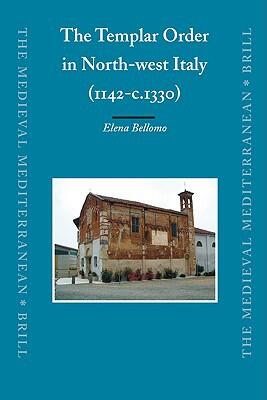
The Templar Order in North-west Italy,
작성자
Elena Bellomo
아직 평점이 없습니다
History
형식
하드커버
페이지
480
언어
영어
출판됨
Feb 28, 2008
출판사
Brill
ISBN-10
9004163646
ISBN-13
9789004163645
설명
Elena Bellomo’s exploration of the Templar Order in north-west Italy during the 12th and 13th centuries uncovers a significant yet often overlooked chapter of medieval history. The work is anchored by thorough research, reflecting the depth of the author's scholarship as drawn from her doctoral dissertation. She meticulously examines the social, political, and economic landscape of the region, providing a nuanced understanding of the Templar's influence and operations.
Through her keen analysis, Bellomo traces the evolution of the Templar Order, illustrating how it responded to the challenges posed by the shifting power dynamics of the time. The narrative delves into the interactions between the Templars, local nobility, and emerging city-states, revealing the complex web of alliances and conflicts that defined the Middle Ages in Italy.
Readers will find detailed discussions of the Templars' contributions to local economies, religious life, and military structures. Additionally, Bellomo highlights how the order's legacy continued to impact the region long after its dissolution, emphasizing the enduring significance of their historical footprint.
Richly detailed and engagingly written, this study provides a valuable resource for scholars and enthusiasts of medieval history alike, shedding light on a pivotal period that shaped the development of north-west Italy and its enduring cultural heritage.
Through her keen analysis, Bellomo traces the evolution of the Templar Order, illustrating how it responded to the challenges posed by the shifting power dynamics of the time. The narrative delves into the interactions between the Templars, local nobility, and emerging city-states, revealing the complex web of alliances and conflicts that defined the Middle Ages in Italy.
Readers will find detailed discussions of the Templars' contributions to local economies, religious life, and military structures. Additionally, Bellomo highlights how the order's legacy continued to impact the region long after its dissolution, emphasizing the enduring significance of their historical footprint.
Richly detailed and engagingly written, this study provides a valuable resource for scholars and enthusiasts of medieval history alike, shedding light on a pivotal period that shaped the development of north-west Italy and its enduring cultural heritage.



















